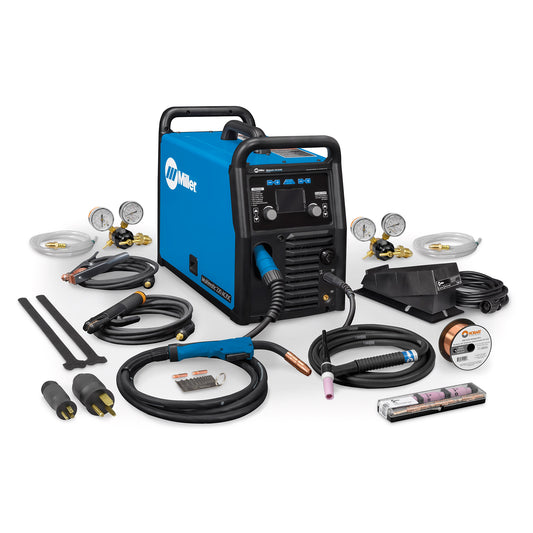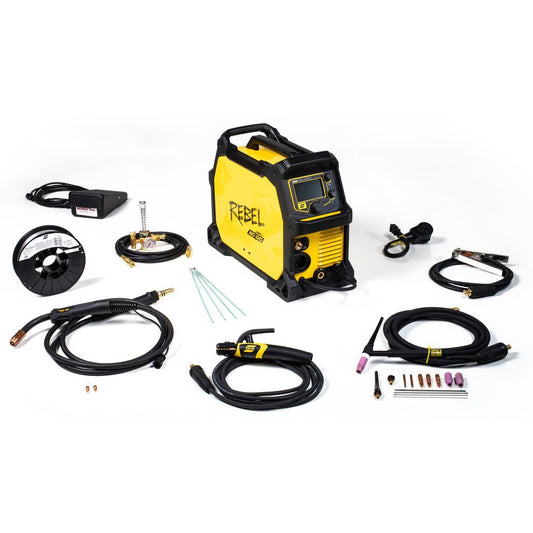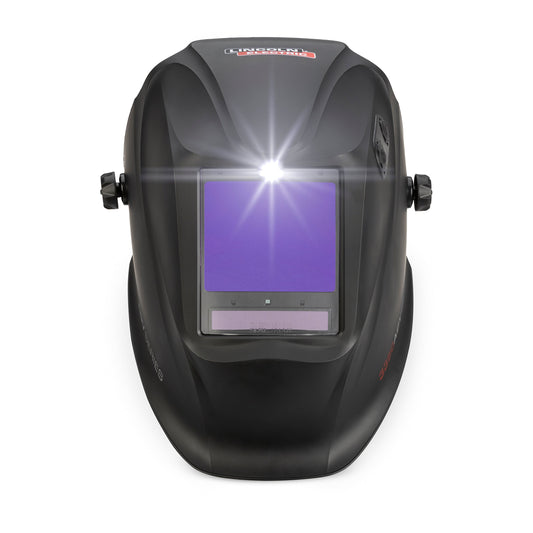When it comes to welding, mastering the basics is essential. One of the first skills every welder needs to learn is how to run a straight bead. Whether you're new to welding or looking to sharpen your skills, this guide will walk you through the key steps to creating a clean, straight weld bead.
What Is a Straight Bead?
A straight bead is the weld line created when joining two pieces of metal. It's the foundation of good welding and an essential skill for achieving strong, professional-quality welds. A straight bead ensures proper fusion and structural integrity while keeping the weld aesthetically pleasing.

Step-by-Step Guide to Running a Straight Bead
Prepare Your Workspace
Before you start, make sure your workspace is clean and safe. Remove any grease, dirt, or rust from your materials to ensure weld penetration. Keep your tools organized and wear appropriate safety gear, including gloves, a welding helmet, and flame-resistant clothing.
Choose the Right Equipment
Select the appropriate welding process (MIG, TIG, or Stick) and electrode for your project. For beginners, MIG welding is often the easiest to learn, as it provides a consistent arc and is forgiving of minor errors.
Position Yourself Comfortably
Positioning is key to maintaining control. Place your body so you can move steadily along the weld path. Keep your hand steady by resting it on a stable surface or using a welding prop to reduce fatigue.
Set the Correct Parameters
Adjust your welder settings for the material and thickness you're working with. This includes voltage, amperage, and wire feed speed for MIG welding. For TIG and Stick, select the appropriate amperage and electrode.
Establish Your Travel Angle
The angle of your welding torch or electrode holder affects bead quality. Typically, a 10-15 degree travel angle is ideal. For a straight bead, maintain a consistent angle and avoid excessive movement.
Focus on Steady Travel Speed
A straight bead requires consistent speed. Move too quickly, and you risk undercutting or insufficient penetration. Go too slowly, and you may create an overly wide bead or excessive heat buildup. Aim for a steady, controlled pace.
Use Proper Technique
- MIG Welding: Keep the tip of the wire slightly above the base metal. Move the gun in small, uniform motions, such as a straight line or a slight weave.
- TIG Welding: Focus on steady torch control while feeding filler metal consistently.
- Stick Welding: Hold the rod at the correct angle and use steady hand movements to guide the arc.
Practice Makes Perfect
No one masters a straight bead overnight. Start by practicing on scrap metal to develop muscle memory and refine your technique. Over time, you'll see improvements in consistency and quality.
Common Issues and How to Fix Them
- Crooked Beads: Ensure you're moving steadily along the weld path. Use a straightedge or chalk line as a guide.
- Uneven Beads: Double-check your travel speed and torch angle. Keep a steady pace and consistent distance from the workpiece.
- Porosity or Weak Welds: Make sure the material is clean, and check your shielding gas settings (for MIG/TIG).
Why Mastering a Straight Bead Matters
Learning to run a straight bead isn't just about appearance--it's about creating strong, reliable welds. Whether you're working on a small repair or a major fabrication project, this foundational skill will serve you well throughout your welding journey.
Need Help? Contact the Experts at Baker's Gas and Welding!
If you're looking for top-quality welding supplies or have questions about getting started, the team at Baker's Gas and Welding is here to help. Call us at 877-930-5690 or email us at support@bakersgas.com to get expert advice and find the right tools for your next project. Happy welding!





